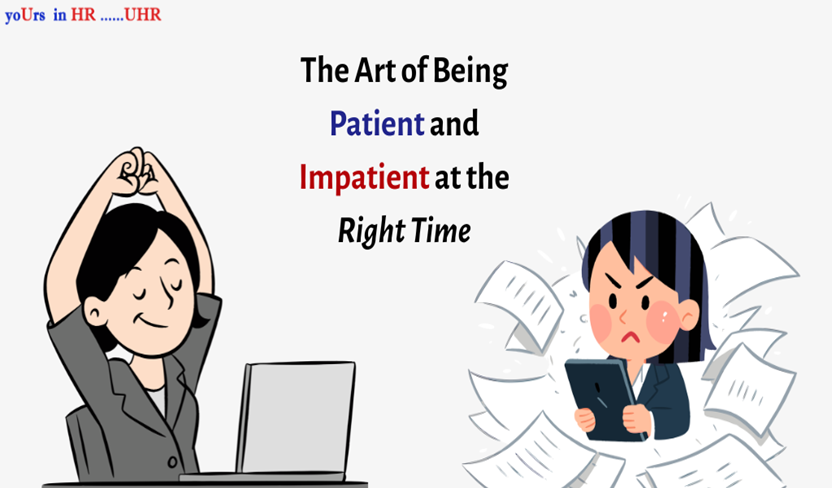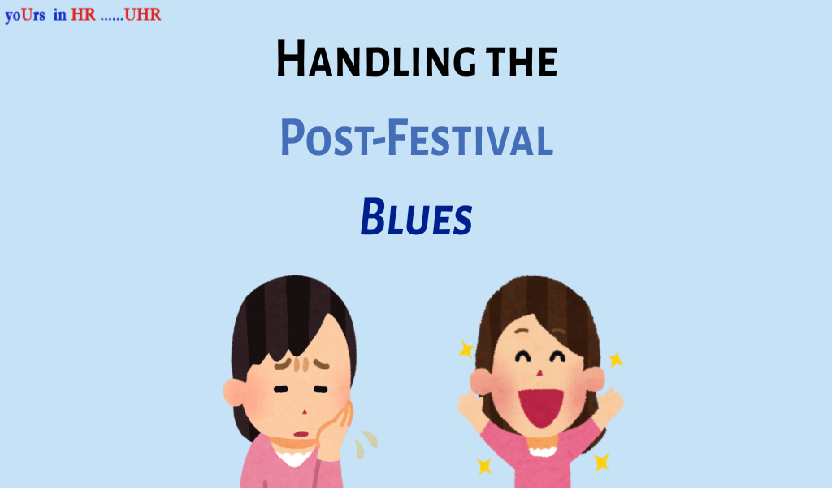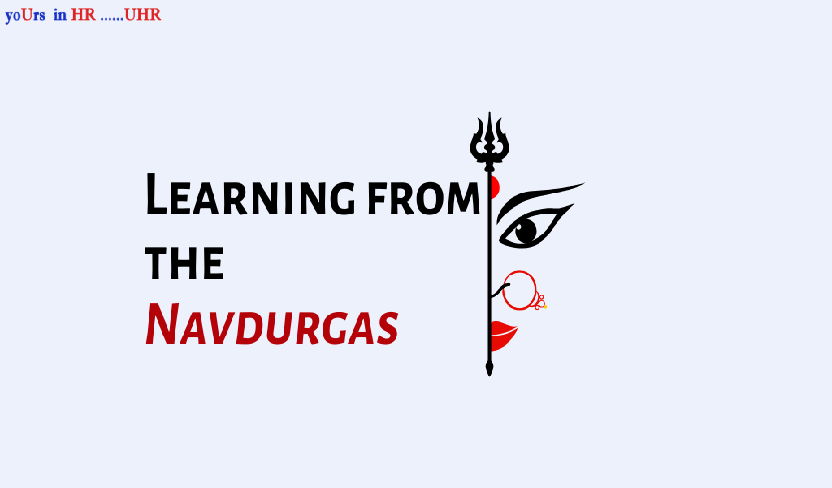
Sam had called a plumber for a leaking pipe in his kitchen. Soon, a middle-aged man with a faded tool-kit walked in, calmly but purposefully.
As he started working, Sam noticed certain things that made him question this man’s qualifications as a plumber. A wrench with a cracked handle. A saw that had half its part missing. But Sam also noticed something else that left him puzzled- despite these broken tools, the plumber appeared unbothered. In fact, he was doing the work with his characteristic calm and, rather skilfully.
Ten minutes ago, Sam was almost convinced that he had called the wrong man for the job, but soon enough, Sam had to also change his mind. Although he remained puzzled.
The plumber had identified the issue correctly, worked with these seemingly broken tools. The leak was gone and the tap looked as good as new. Impressed and grateful, Sam decided to give the plumber extra money.
The plumber shook his head and refused, further adding to Sam’s puzzlement. ‘Who refuses extra money in this day and age?’
The plumber responded, ‘Every job has a fixed worth. If I take extra money today, I will expect the same or even more tomorrow. When that doesn’t come, I will be disappointed. I prefer to be content with what I have.’
Now Sam’s puzzlement was mixed with admiration and pity. ‘At least buy yourself a new set of tools with this extra money. It will make your life easier.’
The plumber again responded in the negative, saying ‘The tools work perfectly well even though they might be slightly broken or rusted or old. Just like us old people!’ He let out a warm chuckle, which Sam couldn’t help but mirror.
The plumber went on, ‘When you write with a pen, it doesn’t matter if it is a simple pen or an expensive one. If you know how to write, any pen will do. And if you don’t know how to write, no expensive pen in the world will be of any help. The skill lies in the hand, not in the tool.’
The words sank deep. As Sam stared, at the resolute but content face of the plumber, the initial puzzlement and pity were gone, and only admiration was left.
Contemporary times make us race for comfort and wealth. We do what gets us these ‘rewards.’ Everything in excess, nothing being enough. We work long hours for jobs which never really satisfy us. We have bank accounts full of money but we do not feel wealthy or even worthy. We have all the tools- shiny and expensive- yet our outputs always seem to lack that unnameable something. That is probably because we seem to have forgotten the value of the real tools- the tools called:
- Honesty
- Hard work
- Gratitude
- Contentment
With these intact, even ‘broken tools’ can create miracles and become worthy. Beyond fancy jobs and degrees, it is the work ethic. The work ethic that values honesty and hard work, an attitude that finds gratitude- these ultimately show us what’s worthy. Swanky offices with swankier technology to work with and the swankiest certificates are good but honesty, hard work, gratitude, contentment are the ultimate technology and the ultimate certificates: these are the ‘tools’ that ultimately matter.





